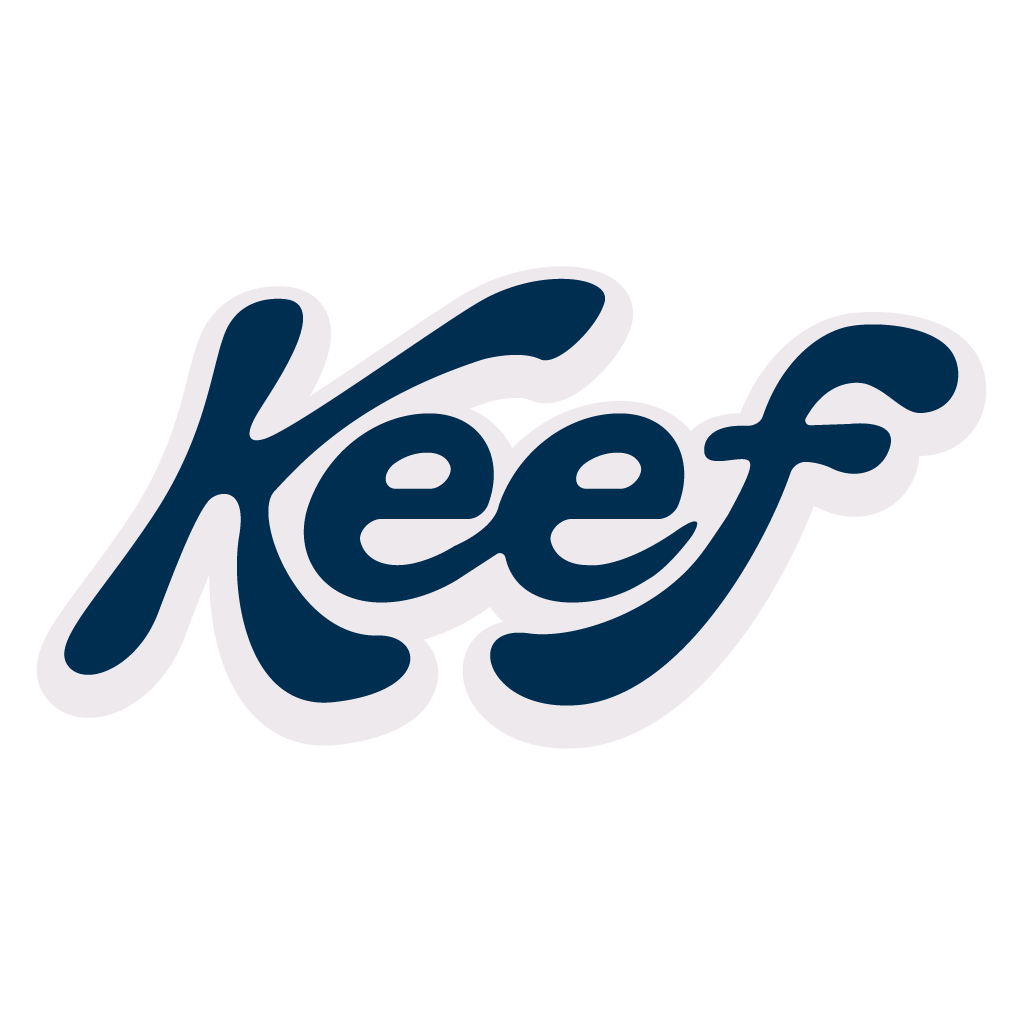Cannabis Edibles and Drink Review had the opportunity to chat with Bill Silver, President of CannaCraft.
CEDR: Bill, thanks for joining us. Could you please explain how you got into the cannabis industry?
Bill: Sure. In January of 2018, I joined CannaCraft, which is California’s largest manufacturer of cannabis products across all the different product categories. Immediately prior to that, I was Dean of the School of Business and Economics at Sonoma State University. And no surprise, Sonoma State University is known for its association with the wine industry. For the 10 years that I was there, I would say I was deeply immersed in the wine industry. And I think there are a lot of parallels or at least interesting lessons to be learned from that industry into cannabis beverages and actually vice versa as well.
CEDR: What would an example of the parallels?
Bill: In the wine industry, your average consumer often barely knows if they like red or white, and typically won’t know much else about the wine, such as the varietal or place of origin. By contrast, a lot of people producing the product are very knowledgeable about all aspects of the product and are enchanted and enthralled by everything behind it. There’s a lot of science and art to it, and the challenge they’ve got is to find a way to communicate simply all that knowledge to people.
I think that same challenge exists in cannabis, where you have producers that are so knowledgeable about the plant and all there is to understand about what this plant can do and the potential benefits to someone from using it. That said, your average consumer doesn’t even really understand what it is, doesn’t understand THC, CBD, let alone that there are dozens of other cannabinoids that are in the plants, plus the terpenes plus, the terpenoids, plus the flavonoids, and the entourage effects that come when you put it all together.
So, here’s the lesson that Cannabis can take from wine…. How do you best communicate something that’s inherently complex, into a benefit statement for someone who is trying it for the first time? This challenge is compounded by the experience that as more you learn about it, sometimes it feels like that you know less. Wine marketers have years of experience communicating brand value to consumers.
So, I think there are lessons cannabis producers can learn from their wine industry counterparts, but I’ll give you one the other way. Here’s where I think that wine can learn from cannabis. Wine is focused almost exclusively on this sensory experience. Brands try to differentiate on elements related to the senses. You very rarely talk about the effects or outcomes in alcohol. And yet urban lore would have you think that there is some effect. For example, wine relaxes you, tequila makes you silly, champagne make you giddy, whiskey makes you brave. Those may be stereotypes or things that we say in fun, but not all alcohol is created equal, in part because different alcoholic beverages also have different terpene profiles. How people respond to it is very different. But we never talk about whether a particular alcohol does for you other than how it gets you more or less drunk.
Whereas with Cannabis, there are all of these effects. And it really does become marketing to a personalized experience, which makes it very hard when you’re trying to have a concise message for all consumers.
CEDR: There seems to be a lot of disagreement about the degree to which you can have a product, be it a candy bar or a drink that is Indica or Sativa or a Hybrid and whether that’s really a marketing ploy or there’s an actual difference in how somebody feels when they consume the product. What are your thoughts on that?
Bill: It is difficult, but I think most common understanding of Indica and Sativa is actually a misunderstanding. It’s all Hybrid. And those broad classifications are really a way to describe what is underneath it in terms of, let’s just keep it simple and say it’s the cannabinoid and terpene profiles. And with edibles and beverages, you can produce products with different terpene and cannabinoid profiles. But most people don’t right now because they’re using a distillate in production. So, it would it would be a change in the way people are doing formulations. But I do think it will head that way.
CEDR: So, if you’re using a distillate, you’re losing the terpene profiles?
Bill: Generally, yes. You’re essentially trying to get to the pure THC in there. Now, you also run into the problem that all those other elements have flavor profiles to them and not all of them are pleasant. Then add to the complexity of crafting a beverage in a way that maintains shelf stability. And, every ingredient that’s in the beverage changes the dynamic. Thus, it’s a very difficult product to produce right now.
I think many have tried to simplify the process as much as possible to create something that is a consistent experience across time. But you’re really looking at a recent era of, let’s just simply say, palatable cannabis beverages. The typical old beverage was a basically an over-sugared grass-clipping-tasting, THC bomb, and it was a vehicle for delivering THC in a non-smokable format.
And now you have something like HiFi Hops, which is a wonderful tasting beverage, evocative of a hoppy beer without any of the negative side effects associated with alcohol. So, you don’t get drunk. You don’t get hung over and there are no calories.
CEDR: How do explain the differential effect between smoking and drinking THC?
Bill: That’s a great question. I think it’s important to remember that this is all personalized and how it affects one person, affects another person differently and you may feel differently each time, depending upon what else you’ve done. We’re experimenting with the chemistry, trying to create a buzz arc that more closely resembles what people are familiar with when consuming alcohol.
Your typical edible experience will last four to six hours. Flower hits you very quickly, with an almost instant onset and has a relatively fast offset as well. In general, beverages tend to hit you faster than edibles.
Cannabis beverages also feel different. I’m speaking specifically to HiFi Hops for me. So, this is the story of one person. I feel it relatively quickly. So, there’s roughly a 10 to 15-minute onset. If I was to pick a drink that it makes me feel like, it’s probably closest to champagne. It makes me it makes feel happy. It makes me feel social. It’s great for hanging out with people.
And it has a smoother offset, so that one to two hours later, I feel like it’s gone from my system. Flower hits me harder and goes away faster. Sometimes it leaves me a little bit tired afterwards or maybe a little more lethargic. I find that the drink has a cleaner exit. It feels like when it’s gone, it’s gone.
CEDR: What are dispensaries experiencing with respect to how drinks and edibles are selling?
Bill: New users typically aren’t familiar with the various form factors for cannabis, and all the choices within a specific form factor. And people that tend to have been traditional cannabis users were mostly flower-oriented, so your manufactured products are a bit of an uphill battle for both traditional cannabis users and the new users. Although, many new users are likely to want to try something that looks familiar to them from product categories outside of cannabis. To help, one thing we’ve been doing in California is giving our accounts that don’t have them, large seven-foot coolers.
There’s a reason you go into a 7-Eleven and there are 19 coolers lining all the walls; because that’s what people are expecting. They could grab the powdered Gatorade drink and make it themselves, but we’ve become this sort of ready-to-drink beverage consuming society and that’s what people expect. When you walk into a dispensary right now, you don’t see that. There may not be a cooler or there may only be one. And then if you go into it, there’s not a large array of products, just things that you haven’t seen before. Now, the budtender who’s behind the counter then has to come out to the cooler and explain it to people and spend a lot of time on something that may not be as easy to sell as a vape cartridge, which they are more comfortable discussing and have shelves and shelves of.
CEDR: Switching subjects, can you please enlighten us on your Satori chocolates.
Bill: The Satori brand is our artisanal chocolate that we’ve had for a number of years. Satori in its history has been a micro-dose edible product. So, you can really control your experience. We have products that are two, three, five milligram and CBD rich as well. What we find about Satori is that it’s great for the new user and it solves the problem for dispensary owners, buyers and bartenders, where much of the product on the shelves doesn’t work for the new customers that are coming in. They simply don’t have the tolerance for it.
We source great ingredients. You have to understand, we’re in Sonoma, which is one of the foodie capitals of the country. We were never going to put out a product that didn’t stand on its own because of taste. Satori is an artisanal confectionery operation. People are hand creating the different products that we make and we’re sourcing strawberries from Italy because those are organic, pesticide free and blueberries from Washington State to get the best quality that we can. It’s a product that people are surprised by how good it tastes. And it keeps them coming back to the category, to the product and to the source. It’s a safe way to experience cannabis. A lot of people are not into inhalables these days, so it’s a great way to get started. And now we’re having fun as we’re adding flavors. We just added a S’mores bite.
CEDR: Thanks Bill for sharing your wealth of knowledge.



